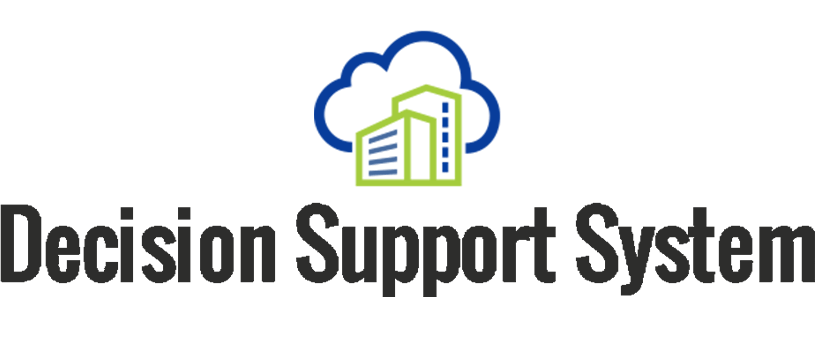Overview
DSS enable the District Administration to track activities from district level Mini Command Center based on video feeds, real time data captured from AI/IOT devices. Post detection of minerals and vehicle identification, it enables district administration to monitor activities based on real-time data captured from IoT devices. Using a Decision Support System (DSS), district-level statistics are summarized on the dashboard, facilitating departmental reviews. Ultimately, the system determines whether the vehicle can proceed or if anomalies have been detected, triggering a rule violation SMS or e-Notice to be sent to the transporter/vehicle owner.


Key Features
Real-Time Monitoring
- Real-time monitoring and surveillance of mining areas, vehicles, and Checkgates to ensure regulatory compliance.
Checkgate Oversight
- Automated Checkgate monitoring using sensors/cameras to regulate vehicle movement via real-time data validation.
Technical Personnel Supervision
- Role-based access for technical staff to monitor/manage data streams, with accountability ensured through supervision by department nodal officers.
Centralized Dashboard
- Interactive dashboards displaying district-wise enforcement statistics (charts, graphs, tables) for trend analysis and performance reviews.
Enforcement Reporting
- Automated enforcement report generation with customizable filters by district, timeframe, or incident type.
Compliance Alerts
- Real-time alerts for security breaches or suspicious activities, escalating unresolved issues to higher authorities.
Data Integration
- Integrates GPS, IoT devices, vehicle tracking systems, and government databases for seamless data flow and license/permit verification.
Audit and Review Tools
- Historical data logs and exportable reports for audits, compliance reviews, departmental meetings, and regulatory submissions.
Scalability
- Modular, adaptable design to scale coverage across districts/mining zones and integrate evolving regulations or monitoring needs.
Training and Support
- Dedicated helpdesk for troubleshooting and system maintenance.
Key Outcomes
- District & checkgate wise vehicle movement
- Transportation with invalid vehicle no
- Transportation with expired eTP
- Transportation withou valid eTP
- Transportation with bogus eTP
- Mineral transportation by On-Recognized vehicle
- Vehicle no. mismatched (against ANPR vs. MINETag)
- Vehicle having eTP but BYPASSED all CHECKGATES
- Doubtful mineral overloading (Sand, Gitti etc.)
- Multiple round on same Transit Pass
- Suspicious mineral transport with obscured plates
- Vehicle having eTP but BYPASSED all CHECKGATES
- Registered vehicle wihout MINETag vehicle or with Non-functional MINETag
- Restriction on issuing transit pass to vehicles having Pending Notices or without MINETag

Frequently asked questions
Can't find the answer you are looking for? Reach out to us here.


